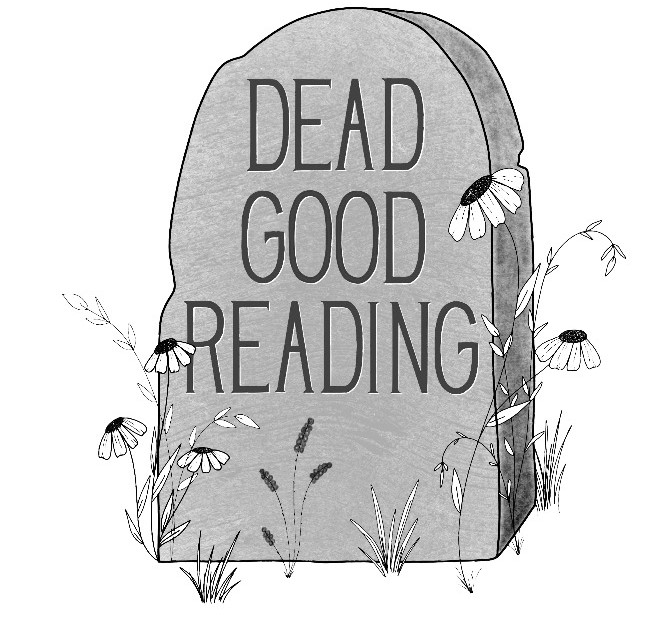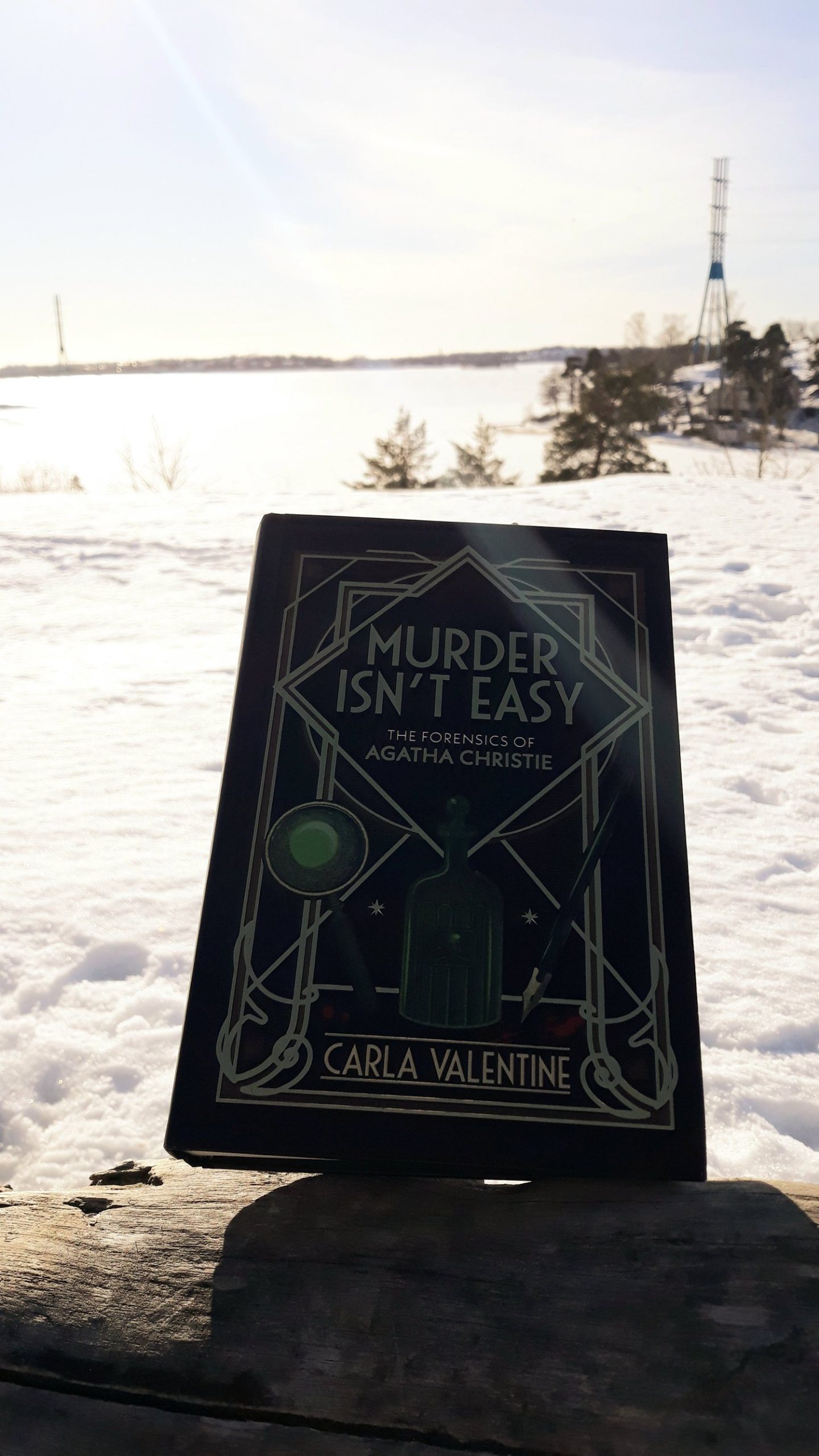On this last day of February 2022 we have also arrived at my last blog in this year’s Forensic February series! Today we take a look at Carla Valentine’s Murder isn’t easy: the forensics of Agatha Christie. Right out of the gate I have a terrible confession to make: I have never read an Agatha Christie novel. Sure, I have seen adaptations of her books on television but I hate to admit that I have never actually picked up a copy of any of Christie’s books. My mum is a great fan of reading detectives and seeing my mother read and re-read Agatha Christies was a common occurrence in my childhood, but I have never taken the step myself. But Valentine will be delighted to hear that her book really make me want to correct this oversight of leading an Agatha Christie-less existence!
In Murder isn’t Easy Valentine takes us through the forensic science behind all the murder methods used in Agatha Christie novels. Valentine shows us that Christie’s descriptions are surprisingly accurate and often based on the scientific knowledge available at that time. Chapters look at fingerprints, trace evidence, ballistics, documents and handwriting, bloodstain patterns, autopsies and forensic toxicology and all these chapters show that murder really isn’t easy, especially if you have Poirot or Mrs Marple on the case.
While the books I have written about so far this month (Sue Black‘s Written in Bone and Bruce Goldfarb’s Unexplained Deaths) I haven’t given you a definition of forensic yet. Valentine says the following about the term:
“Forensic, in origin, means ‘relating to the court of law’, derived from the Latin forensic (‘of or before the forum’), and law is really the focus here: in Roman times, someone accused of a crime would have to present their case before a group of individuals in the Forum, just like in our courtrooms today. However, it seems that the word ‘forensic’ has recently become synonymous with ‘careful investigation’ or ‘in-depth analysis’ and is used in a much broader context.”
— Murder Isn’t easy Page:4
Forensic thus has a very specific but increasingly broad meaning. Terms and terminology change over time. Valentine notes that Christie herself used the word ‘criminalists’ to refer to what we currently call a ‘forensic scientist’ and she uses the term ‘criminologists’ for what is now often referred to as a ‘forensic psychologist’.
In the same way that terminology evolves, forensic methods are always evolving and changing too. Valentine reminds us that, whilst it is common parlour in current detective stories, DNA evidence was not available until the 1980s which is post Christie’s life time. Furthermore, ‘trace evidence’, or small clues that help solve crimes were surely ‘small’ (although people can leave very big traces as well!) but not as small as trace evidence that can be discovered with more contemporary methods.
Murder isn’t easy is a great book for people both interested in learning about the work of Agatha Christie as well as those interested in various forensic science methods. Valentine skilfully and humorously intertwines explanations and definitions of these methods, examples of these methods that can be found in Agatha Christie’s books, and real-life cases that occurred in Christie’s life time that may well have influenced her writing.
Agatha Christie is credited as the first person ever to use the phrase ‘scene of the crime’ and she also predicted the need for a crime scene bag for people examining crime scenes in her novels. If these kind of facts fill you with joy, than Murder isn’t easy is definitely the book for you!
As February comes to an end, so does Forensic February! Please suggest any titles for next year’s Forensic February in the comments below!



Leave a Reply